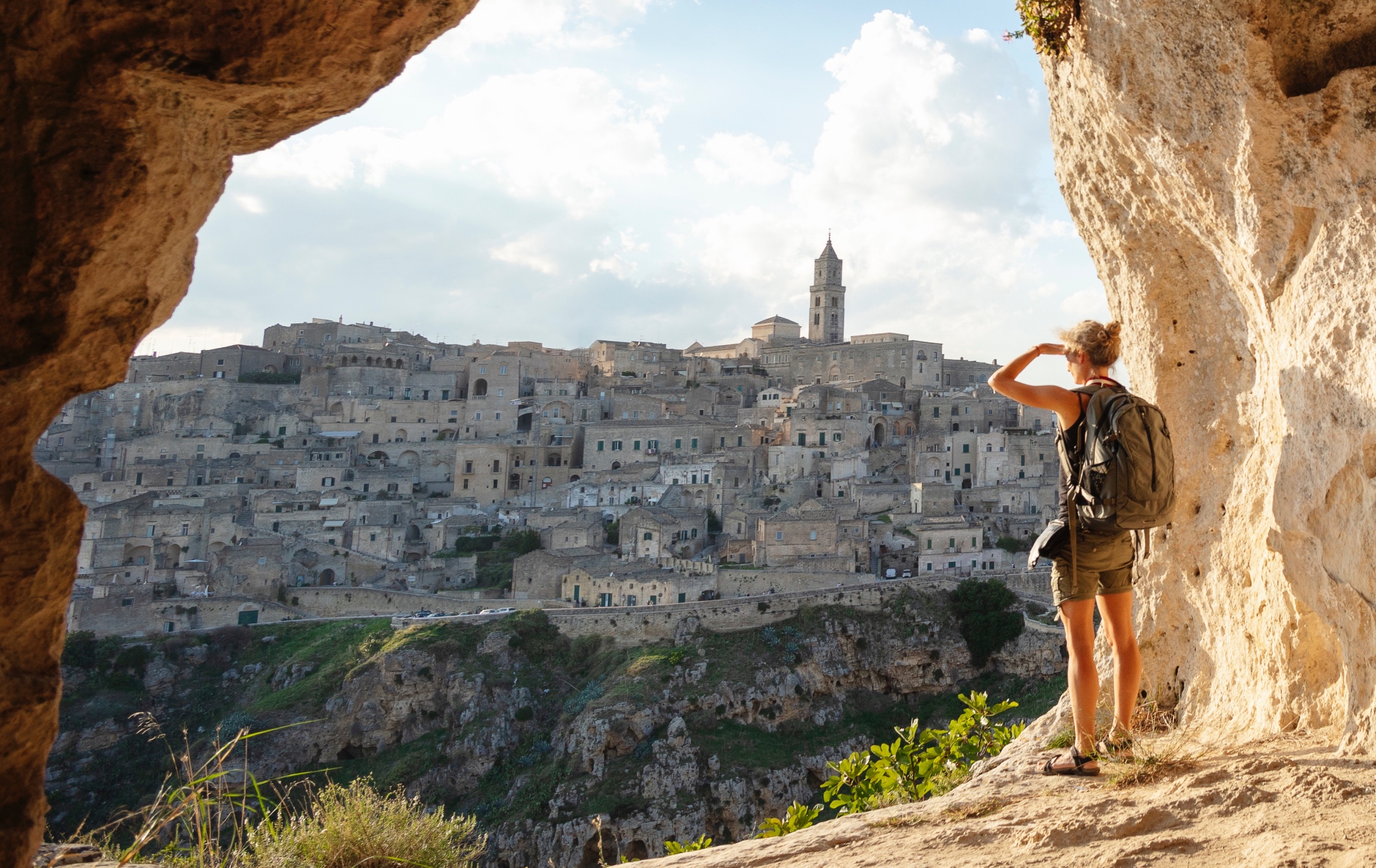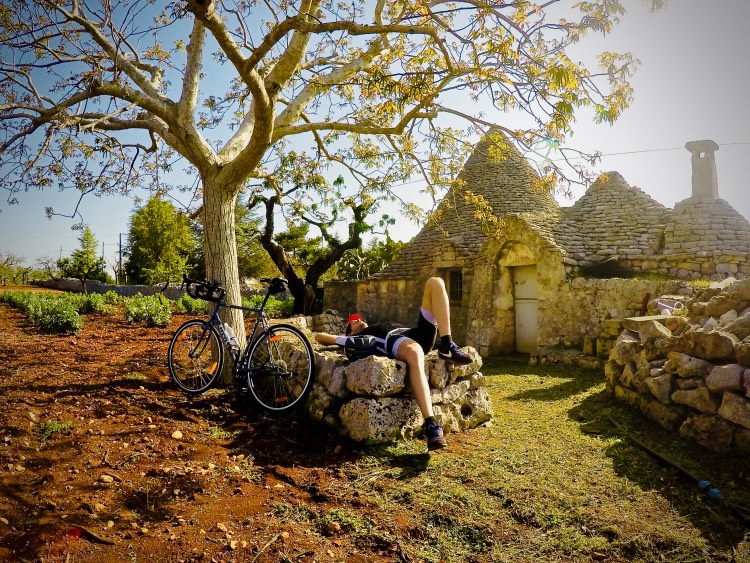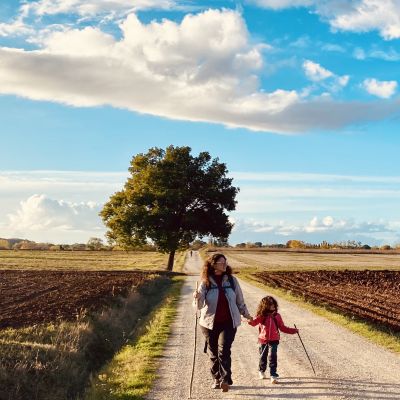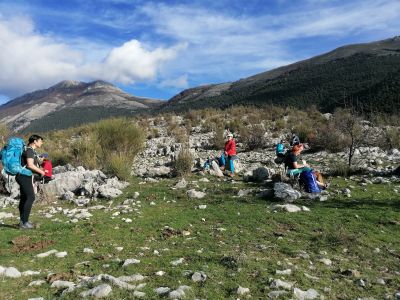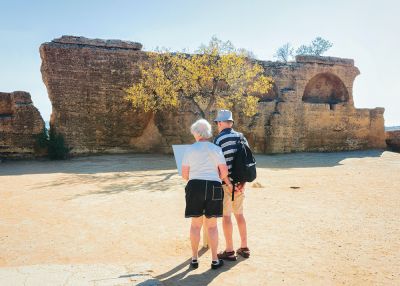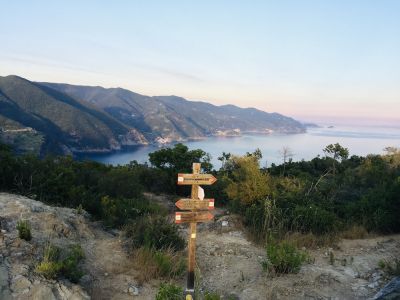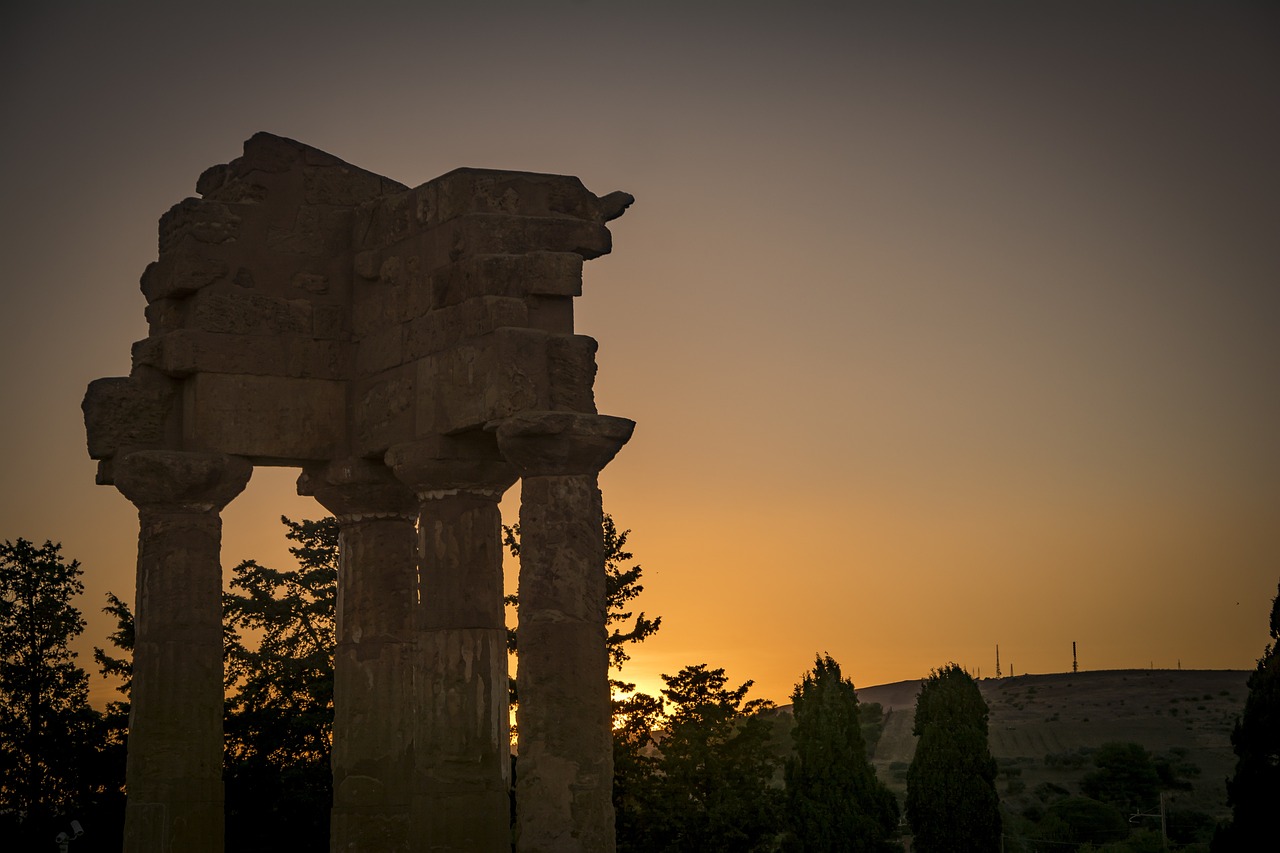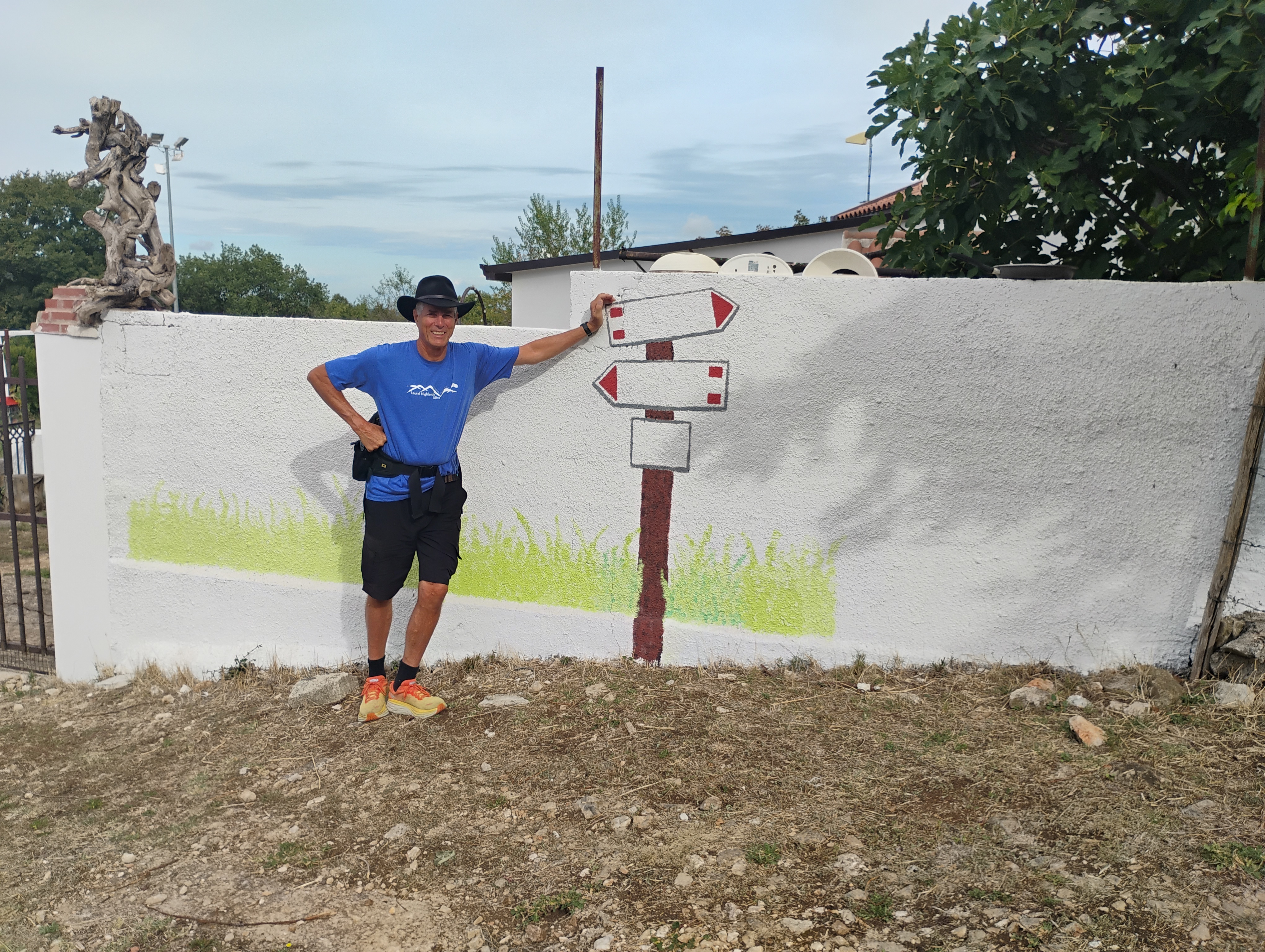The city went through a long period of tyranny until it was occupied by the Romans in 262 BC and from that moment on it followed the same fate as Sicily.
On the proposal of the writer Andrea Camilleri, since 2016 the historic center of Agrigento has officially started to be referred to by the ancient Norman name of the city: Girgenti. The historic center of Agrigento develops on the hill of the ancient city, where the testimonies of Arab-Norman art are clearly visible.
If these places fascinate you, you can visit Agrigento with one of our tours in Sicily:
⇒Magna Via Francigena: a piedi da Palermo ad Agrigento
What to see in Agrigento
Agrigento is fully considered an open-air museum of extraordinary beauty.
Why not decide to spend a carefree day to discover the beauties of this fascinating village in Sicily?
If you want to spend a day in Agrigento, we have prepared a list of things to see and visit in peace:
- Cathedral of San Gerlando
- Church of Santa Maria dei Greci
- Steri Palace
- The Valley of the Temples
And now let's set off together to discover the most identifying places in Agrigento!

Cathedral of San Gerlando
The Latin cross structure, composed of three naves separated by fine pointed arches, is the result of nine centuries of transformations in which not only the Norman style but also the typical Sicilian Gothic-Chiaramonte taste overlap. In fact, the original building was built in Arab-Norman style at the behest of the Bishop of Agrigento San Gerlando di Bresançon after whom the Cathedral is named. In the 14th century the Chiaramonte, the family that governed Agrigento, had the Cathedral rebuilt, giving the structure its current appearance. In the right nave the urn of San Gerlando is preserved which is solemnly carried in procession in honor of the Patron Saint.
Church of Santa Maria dei Greci
The Church, built between the 12th and 14th centuries, stands on the remains of a 5th century Doric temple, in an area corresponding to the acropolis of ancient Akragas. On the façade, which is overall very simple, an elegant Gothic portal stands out, decorated with a bas-relief frieze. Inside, only two examples of a cycle of frescoes dating back to the fourteenth century can be fully appreciated. While a series of transparent panels placed on the floor make the remains of the foundations of the ancient temple visible. Furthermore, the Church is so called because it was frequented by a community of Greek religious people for the performance of Orthodox rites.
Steri Palace
The Palace dating back to the fourteenth century was the seat of the Chiaramonte family, the family who came to Italy following the Normans who dominated the fiefdom of Agrigento. Since the 17th century, the original structure of the Palace has undergone alterations, additions and transformations which have always made it difficult for the community to consider it as an identity symbol. What is certain is that Manfredi Chiaramonte, intent on building the Steri Palace of the same name in Palermo, obtained from the Bishop of Agrigento a possession north of the city near the Cathedral where the Steri Palace stands.
Valley of the Temples
Guardians of their own uniqueness, the temples of Agrigento attract millions of visitors from all over the world every year. Today, as then, their grandeur and majesty blends perfectly with the surrounding area, becoming an integral part of it. A walk in the Valley of the Temples is like finding yourself in the extraordinary grandeur of ancient Greece.
The Temple of Concord is perhaps the best known and most photographed building in the entire Valley and in all of Greek antiquity. The temple, dating back to around the middle of the 5th century BC, has a Doric colonnade with almost all the decorative elements of the entablature still preserved. Little remains of the other temples that make up the valley, but they are enough to understand the grandeur that visitors could have enjoyed almost 2 thousand years ago. As in the case of the Temple of Zeus of which only a few elements remain today but which at the time of its construction rested on columns almost 20 meters high. To get an even better idea, you can admire one of the 7-meter Telamons that adorned the temple.
What to do in Agrigento - the Slow Active Tours proposal
Once you have discovered the wonders hidden among the streets of Agrigento, the time has come to get to the heart of the sounds and smells of this ancient village.
-
Regional Archeological Museum "Pietro Grifo"
The “Pietro Griffo” Regional Archaeological Museum is one of the most important in Italy. In fact, inside it, 5688 artifacts found both in the Agrigento area - such as the statue of Ephebus - and throughout the ancient world are preserved
-
The Scala dei Turchi
The Scala dei Turchi is located a few kilometers from Agrigento and is undoubtedly one of the most fascinating destinations in the area, a spectacular synergy between the elements of nature that have forged its shape. It is a cliff smoothed by the progress of the wind and the sea, with a wavy and irregular shape and gentle, rounded shapes. The characteristic pure white color derived from the presence of a particular type of minerals. The name derives from the action of the Saracen pirates who during the 16th century used the rock formation to land with their typical boats. In fact, the wall, with its characteristic stepped shape, hence the name scala, facilitated docking in a point that was most likely poorly controlled by the local inhabitants.
-
Magna Via Francigena: from Palermo to Agrigento
Slow Active Tours offers an exciting and intriguing walking journey to discover the hidden beauties of Sicily from north to south, from the Tyrrhenian Sea to the Mediterranean Sea.
Festivals and Popular celebrations in Agrigento
One of the most anticipated and fascinating events in Agrigento and the Valley of the Temples is certainly the Almond Blossom Festival. This celebration is dedicated to the beauty of almond flowers and the sense of amazement they generate when they begin to bloom in the first days of February, when an explosion of white and pink petals transforms the Agrigento panorama into a fairytale landscape. On this occasion, Agrigento thus becomes a melting pot of different ethnic groups and peoples: every year, in fact, many folk groups from all over the world meet here wearing traditional clothes in an embrace that involves all of Sicily.
Typical dishes of Agrigento
The traditional cuisine of Agrigento reflects the coastal soul of the city and pairs perfectly with its mountain landscape. Legumes are widely used, macco di fave for example is a poor dish of peasant origin, which used to be served to workers at the end of each harvest. The long cooking of the broad beans gives the dish a perfect creaminess which makes it a very adaptable dish.
Cavatelli al cartoccio is one of the dishes made with one of the typical Sicilian ingredients: aubergines, and is a must when it’s Sunday and you are among the meadows.
For fish lovers the Sicci soup is ideal! The main ingredient is cuttlefish, usually accompanied by fresh peas.
Eating and Drinking in Agrigento
Here are some suggestions from the area:
Concordia in Porcello street 8. Small, friendly restaurant with traditional dishes and friendly staff. The rooms are small but welcoming because they are furnished as if it were a trattoria.
Sal8 Restaurant in Cesare Battisti street 8 . Delightful restaurant in the center of Agrigento, near Atenea street, specializing in fish dishes. Some advice? Don't miss the seafood appetizers, both raw and cooked, as well as the spaghetti with red prawns and pistachios.
Pititto Restaurant in Piazzetta Vadalà, 2. Restaurant in the center of Agrigento in a welcoming little square. Restaurant mainly based on fish but with a wide choice of first and second courses based on meat.
So what are you waiting for? Get your stuff ready and off you go!


